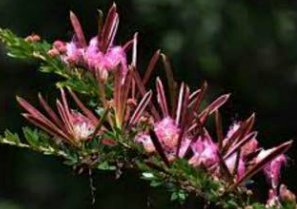Magic Reggie Botanicals
Bobinsana Aerial parts
Bobinsana Aerial parts
Couldn't load pickup availability
Calliandra angustifolia
Bobinsana is a sacred plant teacher and is used by shamans for its spiritual
qualities. We are particularly interested in working with Bobinsana for its
gentle heart-opening qualities and its ability to teach us Self-Love. In the Amazon, the Indians of the Rio Pastaza consider bobinsana to be a stimulant. They prepare a decoction of the roots to take for strength and energy.
The Shipibo-Conibo Indians in the Ucayali area of Peru call the tree semein and prepare a bark tincture for rheumatism, arthritis, colds, uterine disorders, and edema (or water retention). The indigenous people and tribes in the Madre de Dios region of the Peruvian Amazon prepare a bark tincture (with aguardiente) for bone pain, arthritis, rheumatism, and colds. They also grate the bark into baths to increase resistance to sickness and to resist the cold and chills.
Bobinsana is also used by the Indians as an adjunctive ingredient in various ayahuasca recipes in the Amazon. Ayahuasca is a phytochemically-rich combination of plants brewed by Indian shamans to connect to the spirit world. Through a series of reactions among chemicals from several plants working together, a hallucinogenic plant extract is created. While bobinsana is not itself a hallucinogen, it is considered a “plant teacher” and is sometimes added to ayahuasca recipes to help the shamans connect to and learn from the plants on a spiritual level.
In Peruvian herbal medicine systems a decoction of the bark is prepared and it is considered to be anti-rheumatic, contraceptive, tonic, stimulant, and depurative. A bark decoction is also used for dyspnea (shortness of breath). A decoction of the roots is recommended for uterine cancer and as a depurative (blood cleanser) as well. A decoction of the entire plant (leaves, stem, twigs, flowers) is prepared as a decoction as a general energizing tonic.
This information is gathered directly from:
https://rain-tree.com/bobinsana.htm
Share

